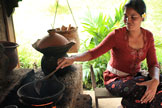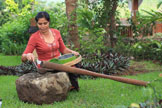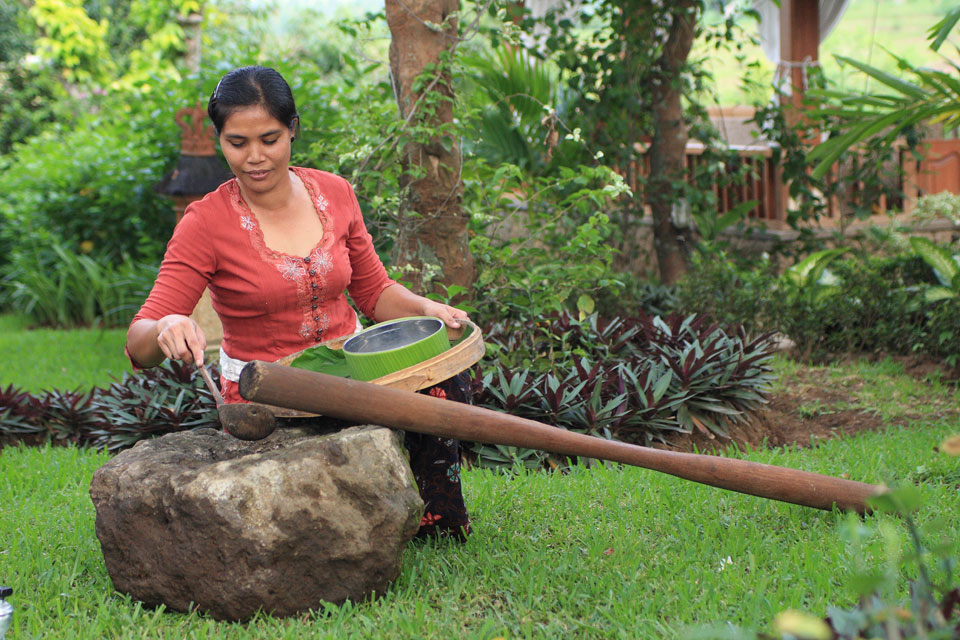Indonesia is the fourth largest producer of coffee in world, with exports of 300,000 tons last year. Of this total, about 75,000 tons was Arabica. Ninety percent of this coffee is grown by small-holders, on farms of one hectare or less.
Generally, Indonesia’s specialty coffee has a full body and relatively low acidity. Each region is known for a typical cupping profile,coffee in Bali– sweeter than other Indonesian coffees, with nut and citrus notes
The flavors of coffee are distinctive for a variety of reasons. The most important variables are soil type, altitude, coffee variety, processing method and aging. This combination of natural and human factors creates a unique “terroir” for each coffee.
Coffee is picked by hand, Because coffee cherries do not all ripen at the same time,usually farmers harvest every 10 days, over a period of 5 to 6 months. This allows them to pick only red, ripe cherries, to achieve best quality in appearance, aroma, and taste. When mechanical harvesting is used, under-ripe cherries can give the coffee a thin aroma and harsh cupping profile.
After harvest, coffees are processed in a variety of ways, each imparting its own flavors and aromas to the final product. In general, these characteristics improve the quality of the coffee.



A small number of farmers in Sulawesi, Flores and Bali use the most traditional method of all, dry processing. These farmers simply dry their coffee cherries in the sun. This method imparts fruity, fermented or sweet earthy flavors to the beans as they dry.
After drying, the dried cherries are hulled, mechanically remove the dried outer fruit layer and the parchment that covers the bean.
The proccessing from dry beans coffee become coffee powder available to see at Shanti, the coffee will prepared until ready to drink , the programs also will showing how "Laklak" the famous traditional balinese cake were made.

